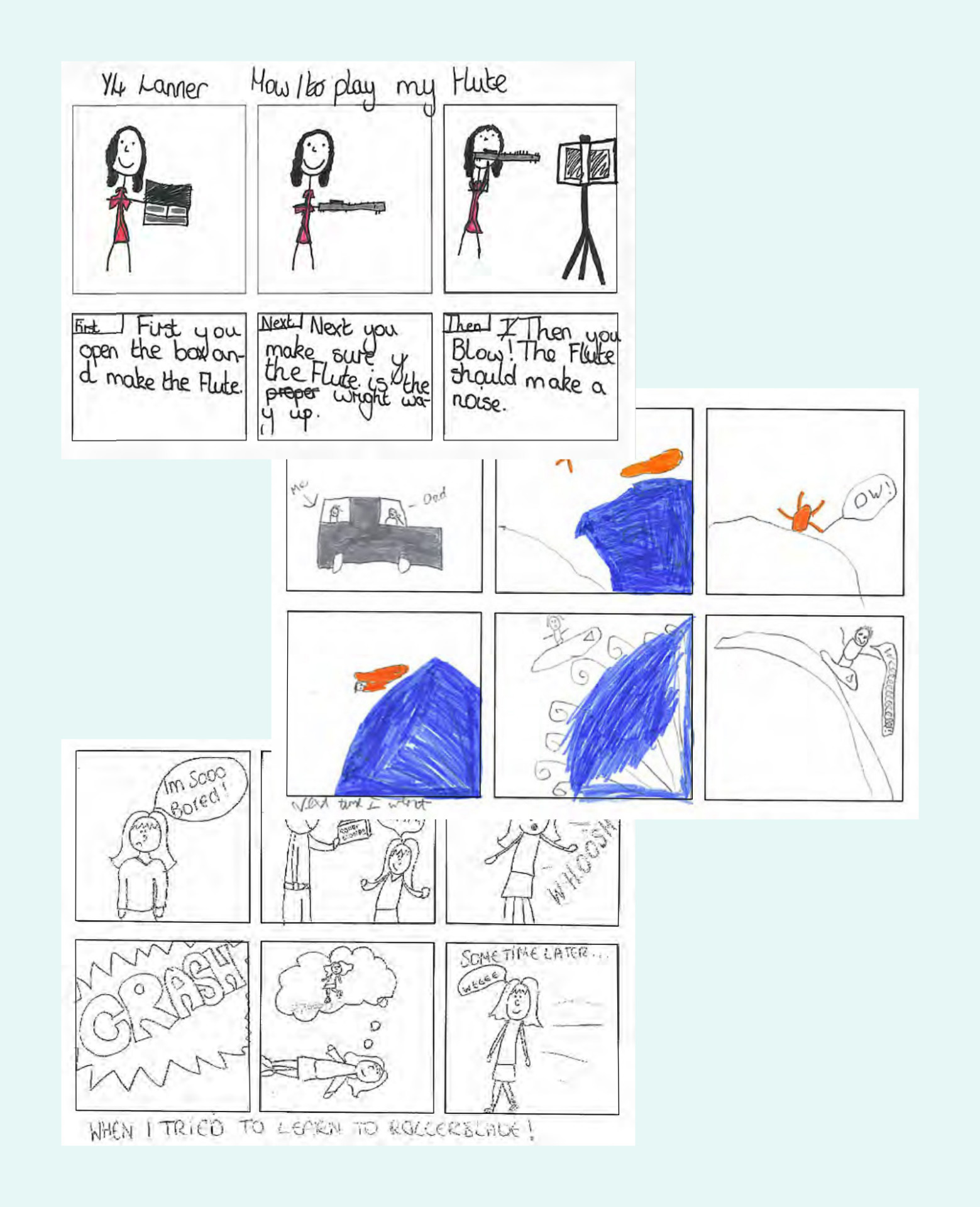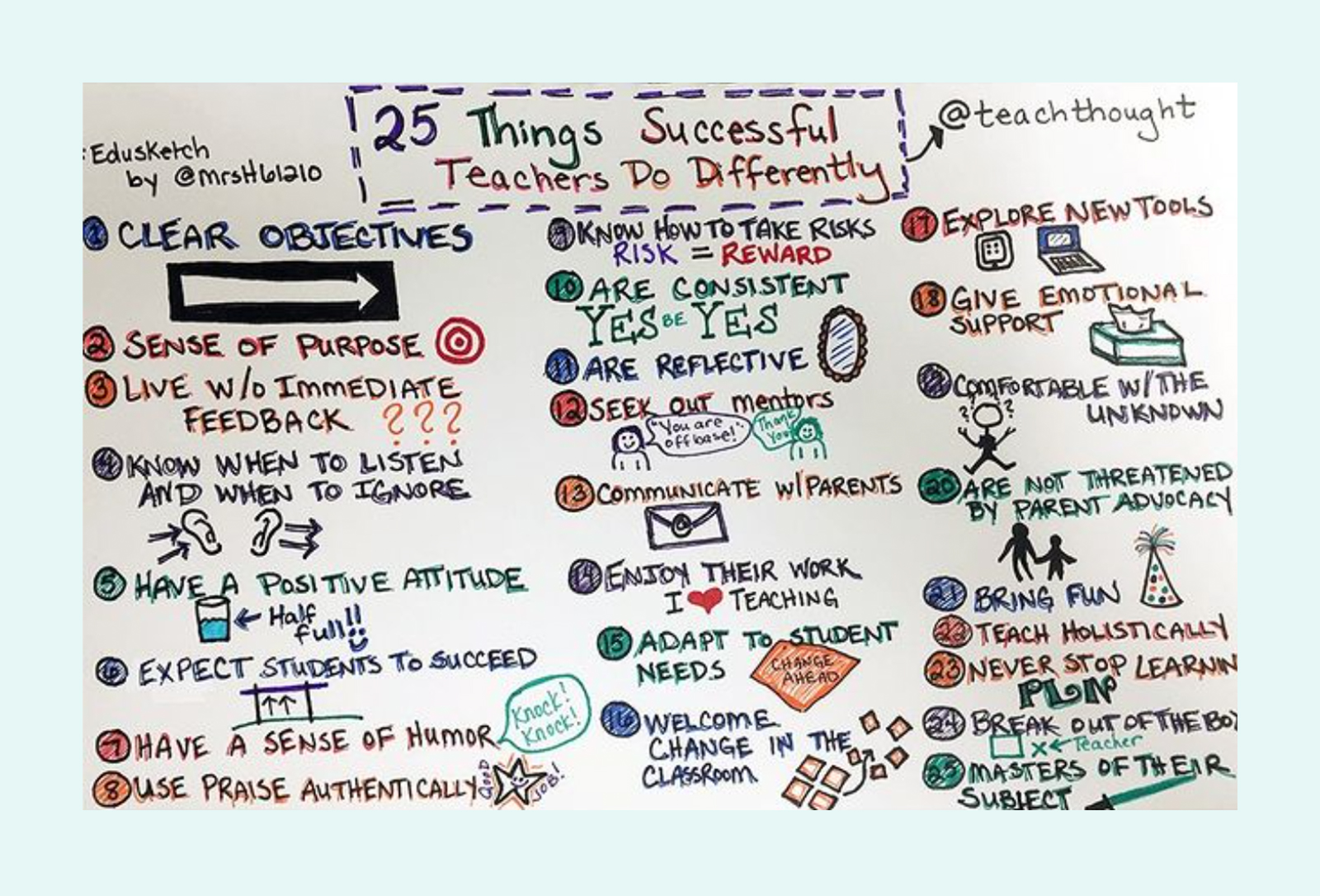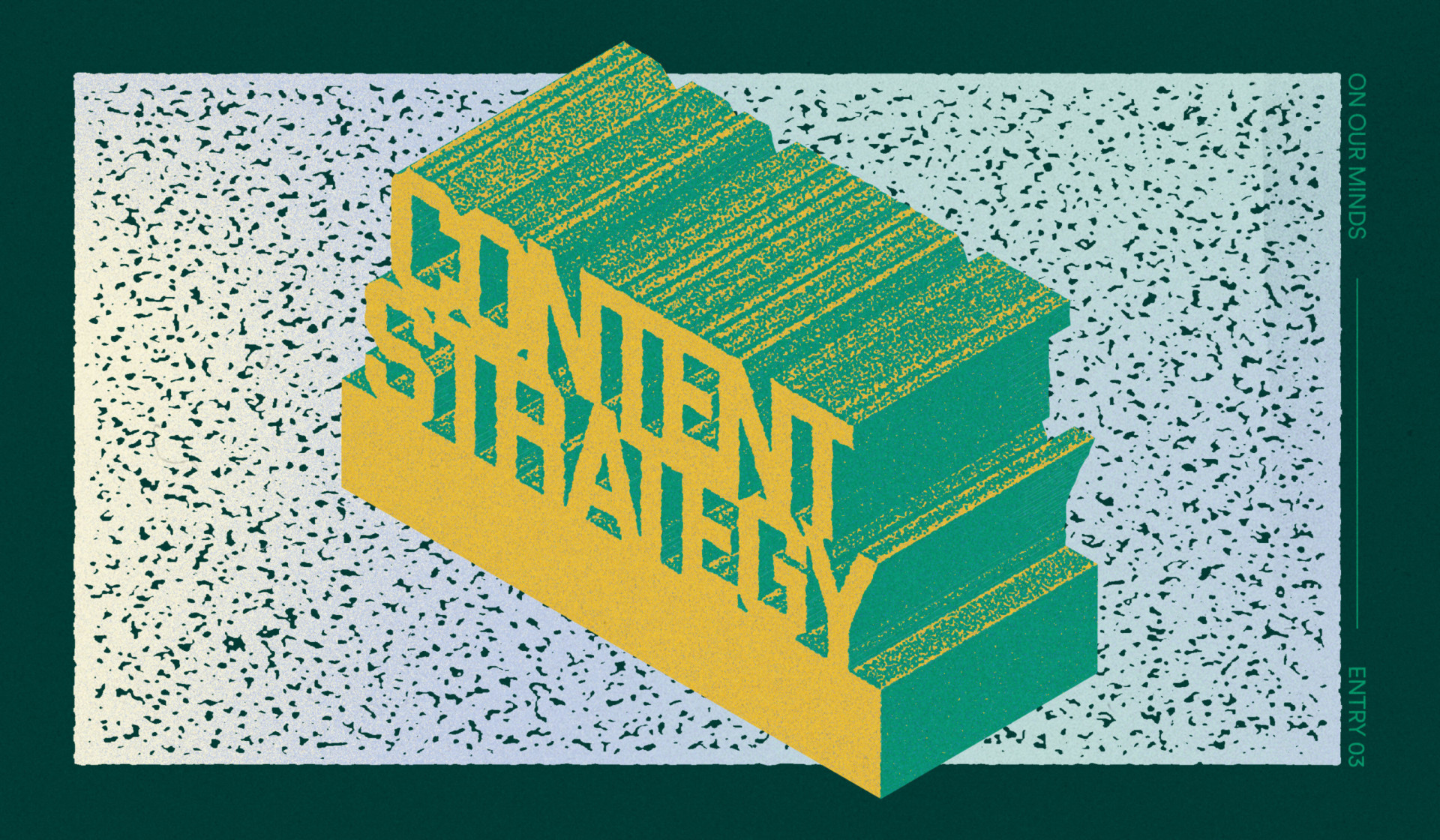Content is king, right? It might be time to challenge that popular mantra—and to rethink much of what we think we know about content in general.
The way we consume content has changed: most of us use multiple devices to take in multiple forms of content at a time. These changes in consumption patterns have major implications for how we learn, and it’s crucial that our learning experiences—and the content strategy that drives them—keeps pace with our learners.
So, what does modern content consumption look like, and how much of learning is really even about content? How can we adapt our content strategy to create more effective learning that meets learners where they are? Let’s get into it.
Five patterns of content consumption
How do you consume content? While many aspects of content consumption have evolved, the basics remain the same. Generally, we use two of our five senses: eyesight and hearing—you’re reading or watching, listening, or both.
From there, it gets more complex. Let’s take a look at five common patterns of content consumption:
Focused consumption
In this day and age, focused consumption is old school. Focused consumption means you’re taking in one piece of content on one device in real-time.
You might think you’re engaging in focused consumption when you’re giving your attention to just one piece of content, like this article. But take another look—how many tabs do you have open? Are you responding to emails or Slack messages as you read? True focused consumption is increasingly rare.
Dual consumption
Dual consumption is much more common—this is when you’re using multiple devices at one time. For example, you might be reading the news on your phone while watching a Netflix show on TV in the background. When you find yourself multitasking, you’re likely also engaged in dual consumption.
Information snacking
A push notification lights up your phone, grabbing your attention and nudging you to click to read more. Information snacking occurs in those small moments throughout the day when digital notifications, reminders, and alerts command your attention.
“Infosnacking” is usually as light as it sounds—you’re likely engaging with content that doesn’t require deep focus and lends itself well to multitasking.
Time-shifted content
How many articles and videos have you bookmarked to return to later? Time-shifted content is when you see content and make an active decision to save it to consume later. Using Bookmarks, Evernote, Notion, Airtable, Apple notes, and even emailing yourself a link or saving a post on Instagram for later is a form of time-shifted consumption.
Content binging
We all know that content binging is having a moment. Made popular with the rise of content streaming services, content binging is when you consume numerous pieces of a content series in a single session. Or to put it in more relatable terms, when you watch the entire first season of Squid Game in a single weekend.
We’ve probably all encountered the narrative about how our attention spans have shortened—and that whatever attention is left is fractured across multiple devices. It may be true that our ability to focus on a single task has decreased, but we’ve also become highly effective at multi-screening and doing more with less.
It’s clear that the way we consume content has changed, and it’s worth considering the implications on how we learn.
How much of learning is really about the content?
Now that we’ve covered how people typically consume content, let’s think about it through the lens of learning. Think back to a time when you encountered a problem at work and you needed to learn something new. What did you need to learn? What resources did you have at your disposal? And how did you use them?
Let’s take a look at a recent study from Durham University that offers insight into how learners engage in the learning process, and what it tells us about the changing role of content in modern learning.
What does learning look like?
The study collected storyboards from 212 students between the ages of five and sixteen that depict the last time they learned something new. The learner journey was remarkably similar across study participants: you’re presented with a challenge, endure trial and error and frustration, and then before you know it, you’ve mastered the skill.

We can probably relate, to some degree, to the learning experiences of those students. Often, we learn through trial and error: we make repeated attempts to master a new skill and lean on additional resources—from family and friends to Youtube videos—to support us.
Now, let’s flip the script. When was the last time you had to teach something new to someone? How did you teach them and what resources did you have at your disposal? Let’s be honest: you probably didn’t tell them to go to your LMS.
Instead, you probably put several instructional best practices to work. Check out this marker board of the 25 things that successful teachers do (a few of my favorites: clear objectives, sense of purpose, sense of humor, masters of their subject, and using praise authentically):

You might have noticed by now that there’s no mention of content in either the study or the marker board. That leads to what has been on my mind lately: how can we rethink the traditional approach to content strategy so that we actually meet learners where they are in the learning process?
Learning that meets people where they are
Learning is about much more than delivering content, but far too often, we see learning departments focusing on content creation as their sole strategy and measure of success (we need this video out by the end of the quarter; we need this training done for the new product release). But does an investment into content creation correlate with delivering a successful learning experience?
Maybe there’s a better way to approach your content strategy. Let’s look at three ways to design content that will better support your learners on their learning paths.
Shorten your content
If we’ve learned anything from the five patterns of content consumption, it’s that attention is a scarce commodity. Content that resonates focuses on what’s most important and communicates it efficiently. Consider the DSSS framework that Tim Ferriss shared in his book, The 4-Hour Chef.
DSSS is a framework for ‘learning how to learn’ that stands for Deconstruction, Selection, Sequencing and Stakes. You can apply the DSSS framework to your content strategy by first deconstructing your material into the most minimal learnable units, or as Ferriss explains it, the Lego blocks with which you should start.
Then you must select which of the Lego blocks are the most important. Which 20 percent of the deconstructed curriculum would deliver 80 percent of the outcomes you’re after? Essentially, your task here is to determine your priorities and decide which skills are the most important to teach.
Next, you’ll spend time sequencing your content in a way that makes the most logical sense. How can you take one component of your curriculum and stack it on top of the next in order to achieve the most effective learning sequence possible? Consider building time in this phase for some trial and error to test and pilot which sequences are proving most effective.
Finally, you’ll need to create stakes. Learners need to know what’s in it for them. You’re achieving that in part by building your content strategy around the most relevant information, but you can also build in extra motivation by incorporating incentives and consequences into your learning experience.
Make your content searchable
We live in the search engine era. The days of complicated folder hierarchies and directories are behind us: students who are graduating college this year are about the same age as Google, and the search function is how digital natives are used to seeking out information.
Learners prefer an experience that feels intuitive and familiar, and it also frees up mental space for them to focus on the material instead of how to find it (you might recognize this as Jakob’s Law!). Meet learners where they are by delivering training in a format that closely matches their personal learning experiences. This could mean making your content more searchable and easily found by leveraging tools in your existing platform, or considering new tools that align with common user experiences.
Seek learner input
Finally, we must seek learner input and be a learning department that learns. Learning should be built with empathy, and that means getting to know the learner audience: their backgrounds, past experiences, and current challenges.
You might think you know your learner audience, but do you really know their pain, and what they’re training to gain? Have you conducted field research to understand the contexts of your learners? This can be done with voice of learner and field research. Seemingly small data points—like whether they use Slack or email, or a job manual that gets brought up all the time—can help you understand learners more intimately so that you can design effective learning that generates positive feedback.
Learning is much more than delivering information
As learning professionals, we must always be learning ourselves. The way we interact with content is constantly evolving, and that has consequences on how people learn best. It’s critical to keep a constant pulse on the needs, patterns, and challenges of learners. When your content strategy is aligned with modern consumption patterns, you have a much better shot at designing an effective experience and inspiring real change in your learners.
Want more ideas for how to design great learning content?
Learn how to leverage the power of storytelling in your learning projects.
Read now→